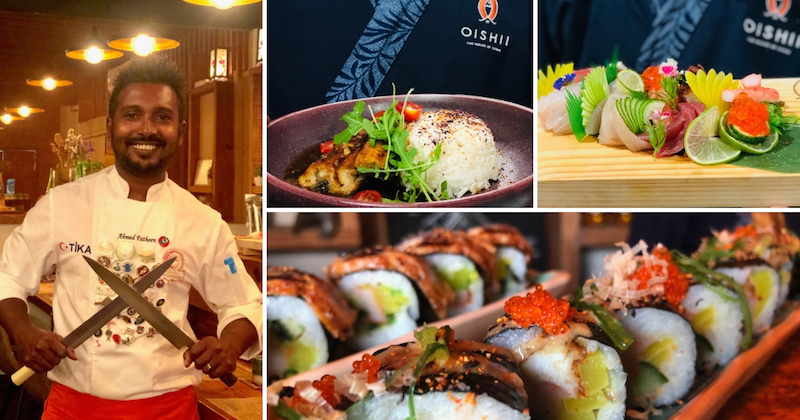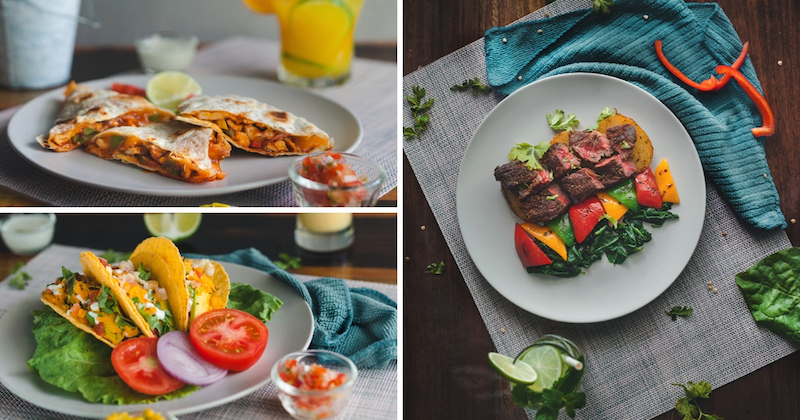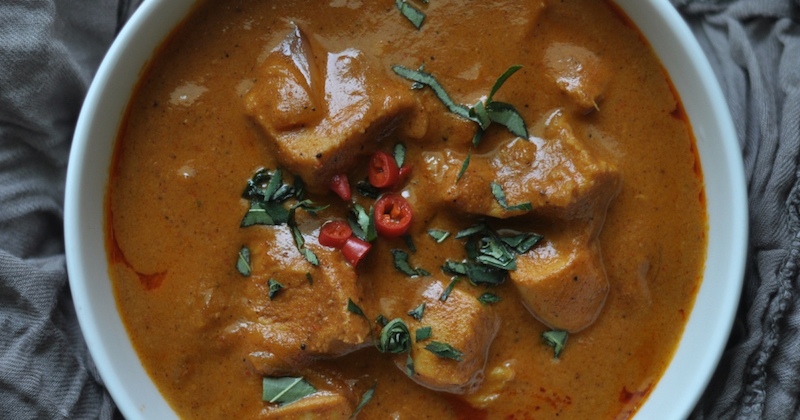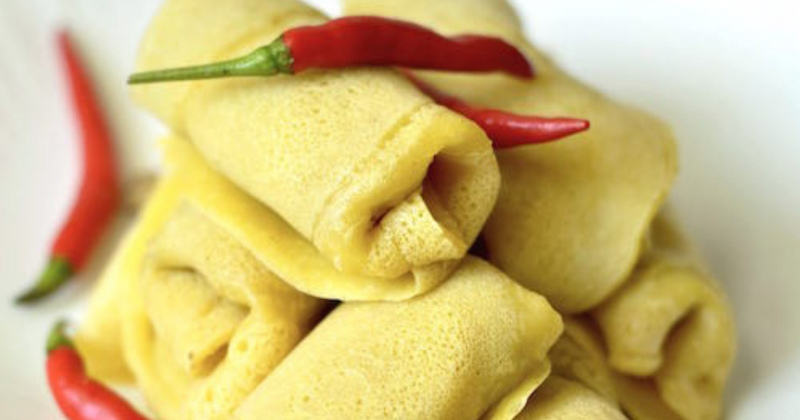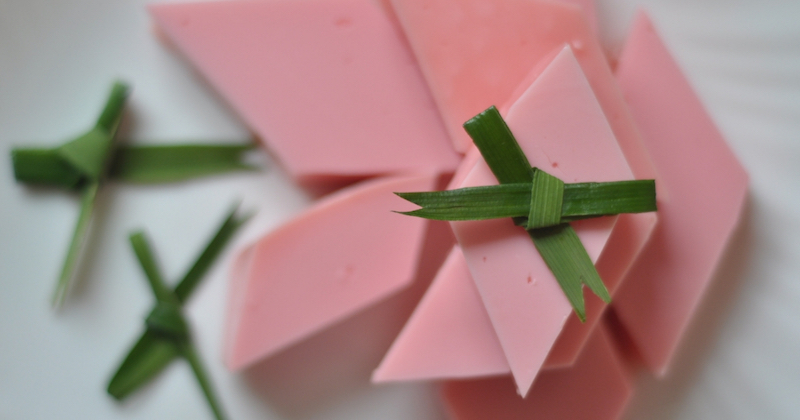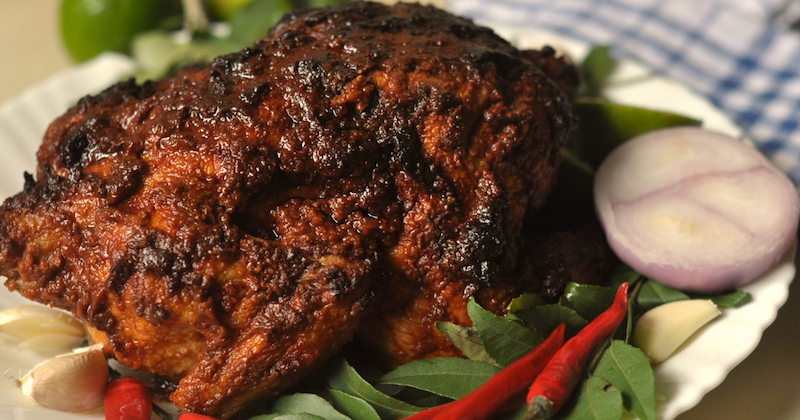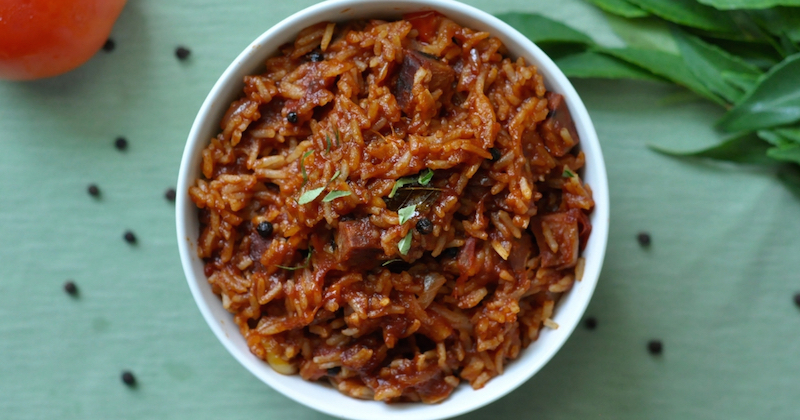A Tour of Eid Cuisine

After a month of fasting from dawn to sunset, Muslims celebrate the end of Ramadan with the religious holiday of Eid al Fitr (Festival of Breaking the Fast). From savouries to sweets, tables in Muslim households all over the globe will be adorned with an array of delicious treats. Family and friends visit each other’s homes or gather after the early morning Eid prayer for a hearty breakfast.
The tradition in most countries involves cooking special dishes for Eid, often unique to the region. Join us for a quick tour of Eid cuisine across the Islamic world.
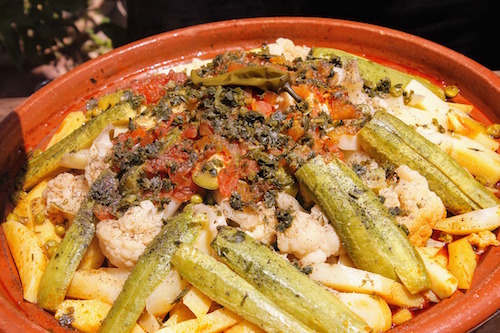
On the western edge of North Africa, Eid in Morocco kicks off with laasida for breakfast, a dish made with couscous, butter and honey. Lunch is tagine. Customarily made with chicken throughout North Africa, a special variant of the dish is prepared with mutton and dried fruits for Eid.
Further east in the The Levant, maqluba or maqlooba (which means “upside-down”) is a traditional Iraqi, Lebanese, Palestinian, Jordanian, and Syrian dish served throughout the region for celebrations. Meat, rice, and fried vegetables are layered in a pot and flipped upside down when served.
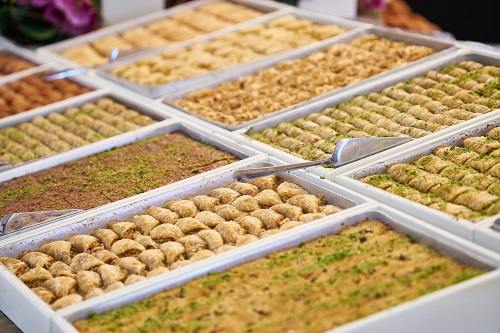
In Turkey, the first day of Eid al-Fitr is called Seker Bayrami (candy festival). Sweets are offered to children as Eid gifts. Bread pudding, sweet churros soaked in sugar syrup, and fried dough balls called lokma is served to guests during the festive holidays. And of course, baklava, the most popular and one of the most beloved desserts across the Middle East and the Balkan countries as well. Variations of baklava are prepared for Eid in the muslim world.
Kebabs are another favourite that’s popular across the Middle East and Central Asia. Grilled beef or lamb skewers and patties are enjoyed.
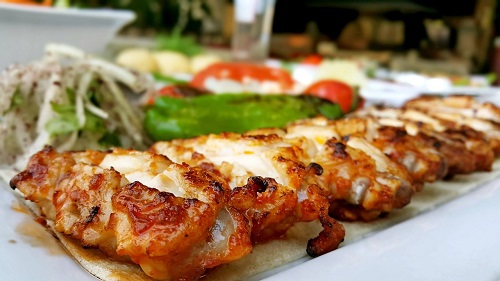
Mafroukeh is a traditional Lebanese dessert that’s a must-have for celebrations. It’s made with semolina flour and clotted cream, and flavoured with orange blossom and rose water.
Down south in Somalia, a flat bread called cambaabur is served with yogurt and sugar on Eid.
Over the Red Sea in the Gulf States, baid al qata is a Kuwaiti cookie filled with a creamy mixture of walnut, cinnamon, rosewater, and cardamom. It’s deep fried and tossed in icing sugar.
Traditional dishes such as jereesh and ghuraibah are prepared for Eid in neighbouring Saudi Arabia. But the most popular Eid dish in the Kingdom is mugalgal, made with lamb, tomatoes and green pepper.
Saudis also call the holiday “Sweet Eid,” a day to share treats with family and friends. Debyaza, a traditional sweet dish is an essential part of Eid breakfast. Preparations usually begin three days before Eid. Debyaza is made with nuts and dried fruits such as figs, apricots, dates and raisins, and flavoured with cardamom and cinnamon.
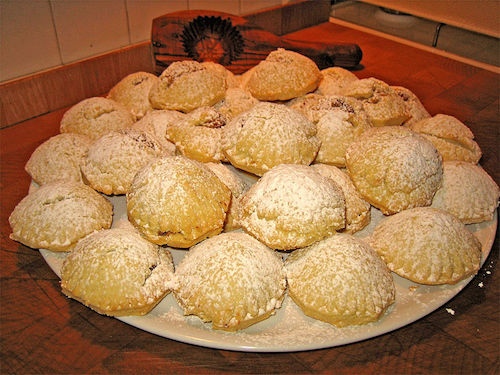
A small shortbread cookie called maamoul is also made in advance. Prepared with semolina, dates, pistachios or walnuts, these sweet biscuits can be found in many homes throughout the year but they are ubiquitous during religious festivals.
In the wider Middle East as well, maamoul is made in large quantities to share with neighbours and guests. These are famous in the region for both Muslim and Christian religious holidays.
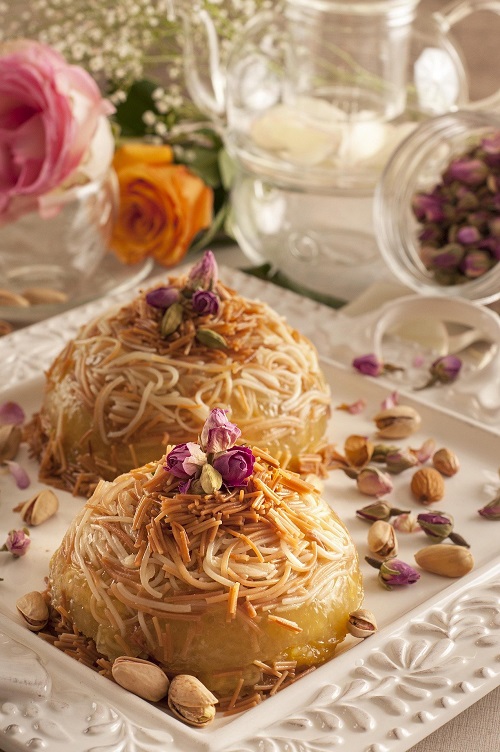
Continuing east, Iranians continue to enjoy a traditional Palestinian dish called shereyya or sweetened noodles. It’s made with regular noodles fried in vegetable oil and butter.
Crossing the border into Afghanistan, khetayee, traditional sweet biscuits made with pistachios are prepared for Eid celebrations.
Further into South Asia, the most popular Eid dishes in India, Pakistan and Bangladesh include sheer khurma, a creamy dish made with vermicelli and almonds or dates.
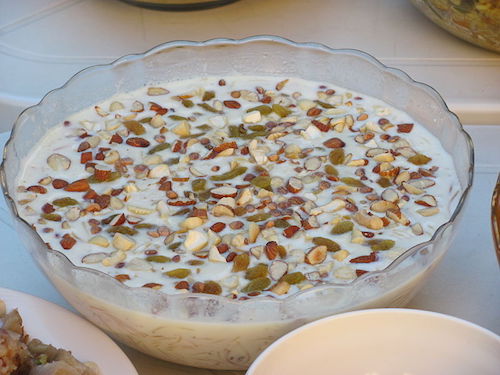
Muslims in India celebrate the day with dishes like chicken biryani. Hyderabadi mutton haleem, a meat and lentil stew is also popular during Eid and other celebrations. A protein-rich wholesome dish, haleem is also popular as an Iftar dish throughout Ramadan with many eateries and restaurants serving it. Similar to its neighbour, Pakistan and Bangladesh celebrates Eid with biryani, kebabs and haleems. Festive desserts include halwa, kheer and phirni.
In Southeast Asia, Malaysians celebrate “Hari Raya” or the “grand day” dressed in traditional attire and exchange sweets and cookies with family and friends.
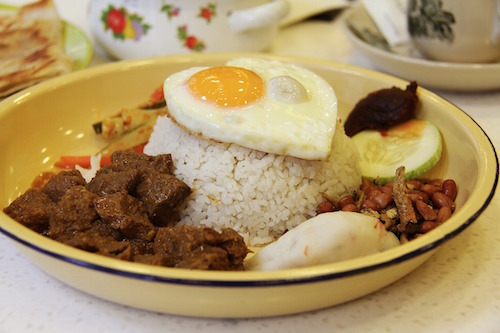
The traditional Rendang is synonymous with Hari Raya. Made with chicken, mutton or beef, preparations start on the last day of Ramadan. The dish is ready when the meat is falling off the bone.
Indonesians celebrate Eid with a layered spice cake called lapis legit, which literally translates to sweet thousand layer cake. Similar to the Dutch spekkoek, the moist cake is a legacy from the Dutch colonial era. The traditional recipe uses 40 egg yolks and the cake is baked layer by layer. The cake does not have a thousand layers as the name suggests (imagine that!) but is made up of 10 to 20 buttery layers.
About Lonumedhu
Lonumedhu is about eating great food right here in the Maldives.
Our easy to follow recipes use locally available ingredients.
In our blog you will find food news, interviews with chefs and cooks, useful information about eating out and other foodie reads.
Contacts
© Lonumedhu.com 2017-2025. All rights reserved. No part of this website may be reproduced without the written permission of the publisher.
Advertisers
Lonumedhu.com has partnered with Qualia Pvt Ltd, a publishing & marketing agency, for its desktop and mobile advertising.
Advertising enquiries should be directed to (960) 987 4396 or marketing.sales@lonumedhu.com.

